Candle making is not only a fun and creative activity but also a practical one that can brighten up any space with your own unique touch. From creating soothing scents for your home to making personalized gifts, it’s a craft that anyone can enjoy. Plus, if you’re thinking of turning it into a side business, handmade candles are always in demand.
Before diving into candle making, it’s important to have the right tools to make the process smoother and your candles look and burn their best. In this guide, we’ll break down all the essential tools you need to get started, so you can begin your candle-making journey with confidence and ease.

Wax is the foundation of any candle, and choosing the right type is essential for how your candle will perform. Different waxes have different melting points, burning times, and effects on fragrance and appearance. Here’s a closer look at the most common types of wax you can use, each with its own pros and cons:
This is the most commonly used wax for candles. It’s affordable, widely available, and holds fragrance well, making it a popular choice for beginners and experienced candle makers alike. It’s easy to work with, melts quickly, and can be dyed in vibrant colors.
However, paraffin wax is made from petroleum, which means it’s not the most eco-friendly option. When burned, it can release some toxins, which might be a concern if you’re looking for a natural or sustainable option.
💡 Tip: If you’re just starting out and want an easy wax to practice with, paraffin is a good option, but keep its environmental impact in mind.
Soy wax is a natural alternative to paraffin, made from soybean oil. It’s a cleaner-burning wax, meaning it doesn’t release harmful chemicals, and it’s biodegradable. Soy wax has a longer burn time, which means your candles will last longer.
One thing to note is that soy wax doesn’t hold color as vibrantly as paraffin, and it can have a more subtle scent throw. This wax is ideal for those who want to make eco-friendly candles with a softer, more natural look and feel.
💡 Tip: If you’re concerned about sustainability and want a candle with a longer burn time, soy wax is a great option.
Beeswax is another natural option, known for its clean burn and subtle honey scent. It’s been used for centuries in candle making and is often favored for its long burn time and natural air-purifying properties. When burned, beeswax emits negative ions, which can help clean the air.
This wax can be more expensive than paraffin or soy, but it’s a great choice for those looking for a completely natural and chemical-free candle. Beeswax candles tend to have a warm, golden glow, which gives them a more rustic and cozy look.
💡 Tip: Beeswax is perfect for those who want a natural candle with a charming, old-world feel, but it may not be the best choice if you’re on a tight budget.
Coconut wax is relatively new in the candle-making world but has quickly gained popularity due to its eco-friendliness and luxurious feel. Made from the oil of coconuts, it’s a renewable resource and burns very cleanly, producing very little soot.
Coconut wax also has a great scent throw, which means it can carry fragrances better than other natural waxes like soy. It’s often blended with other waxes, like soy or beeswax, to create a high-quality candle. The downside is that it can be more expensive than other waxes due to its premium nature.
💡 Tip: If you’re looking to create high-end candles with rich fragrances, coconut wax or a coconut blend is worth the investment.
Many candle makers also use blended waxes, which are a mix of different waxes, like soy and paraffin or coconut and beeswax. These blends combine the benefits of each type of wax, offering a balance of scent throw, burn time, and appearance.
The wax you choose depends on what kind of candle you want to make. Are you looking for a budget-friendly option with vibrant colors and strong scents? Paraffin might be your go-to. Want a more natural, eco-friendly option? Soy or beeswax could be the better fit. For luxury candles, coconut wax is worth considering.
Start by experimenting with small batches of different waxes to see which one suits your style best. You’ll quickly find your favorite.
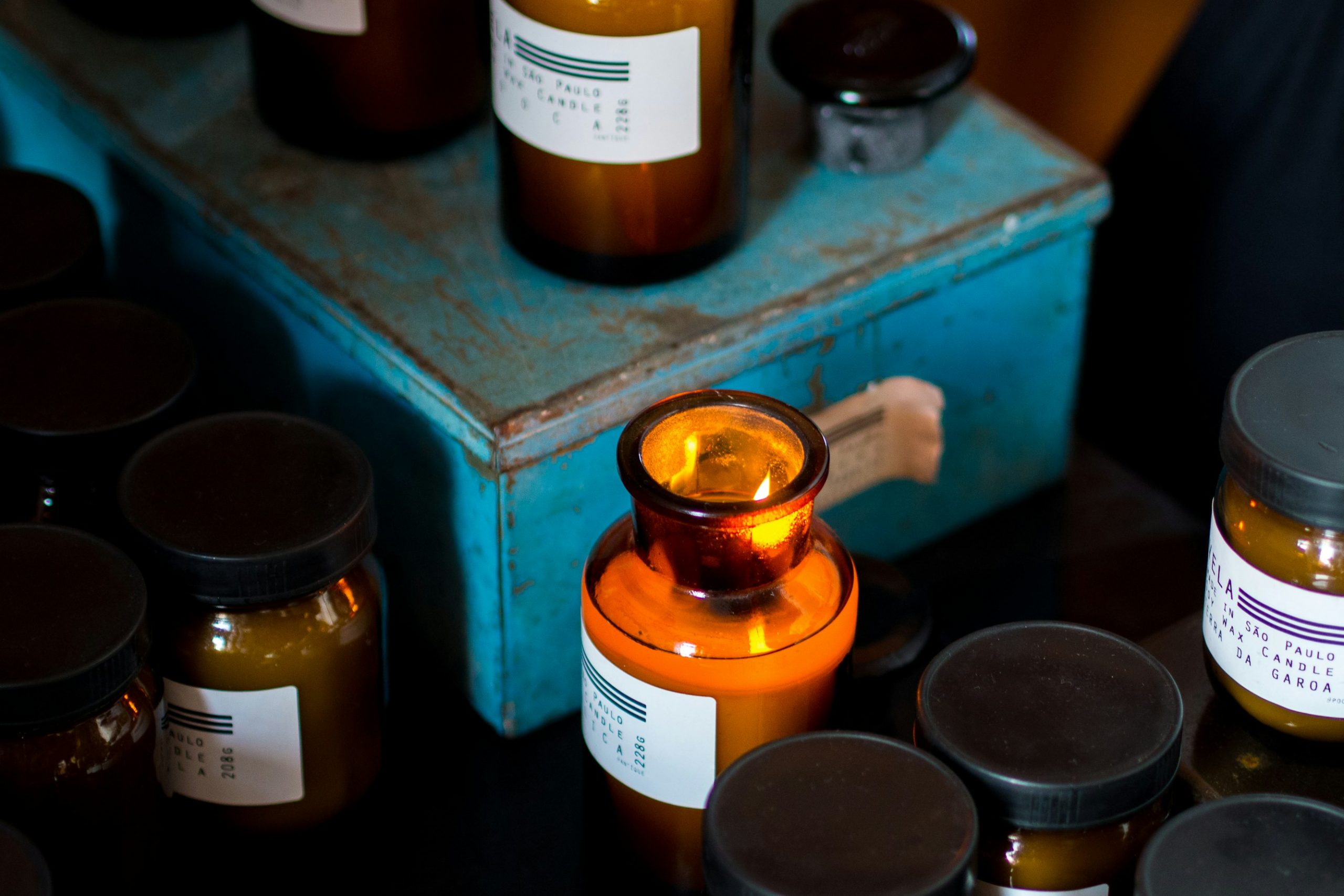
Choosing the right wick is just as important as picking the right wax. The wick controls how your candle burns, affects the flame size, and determines whether your candle burns evenly or leaves unused wax behind. If the wick is too small, your candle won’t burn properly, and if it’s too big, the flame could burn too hot, causing the wax to melt too quickly or create soot.
Cotton wicks are one of the most common types used in candle making. They’re made from braided, woven, or twisted cotton fibers, which makes them reliable and easy to use. Cotton wicks provide a stable, steady flame and work well with most types of wax, including paraffin, soy, and beeswax.
Cotton wicks are often coated in wax to give them a little extra strength and stability during burning. You can find cotton wicks in a variety of thicknesses and lengths, depending on the size and type of candle you’re making.
💡 Tip: For beginners, a pre-waxed, cotton wick is a great starting point because it’s easy to handle and provides a consistent burn.
Wooden wicks offer a unique candle-making experience. They provide a soft, crackling sound as they burn, which creates a cozy atmosphere, similar to a fireplace. These wicks burn slower than cotton wicks, making them ideal for longer-lasting candles. They work best in soy or beeswax, but they can be used with other wax types too.
Wooden wicks are flat, which allows them to produce a wide, slow-burning flame. However, they can be tricky to work with if you’re just starting out because they sometimes require trimming or a special wick holder to stay centered.
💡 Tip: Wooden wicks are perfect for larger candles in jars or containers, as their wide flame ensures an even burn. Make sure to trim the wick to about 1/8 inch before each burn to avoid a too-large flame.
Hemp wicks are an eco-friendly alternative to traditional cotton wicks. Made from hemp fibers, they are known for their durability and clean burn. Hemp wicks are often coated in beeswax, which helps them burn more slowly and steadily.
Hemp wicks are great for natural candles, especially those made with beeswax or soy wax. They tend to be a bit stiffer than cotton wicks, which makes them easier to handle when positioning them in your candle mold or container.
💡 Tip: If you’re going for a completely natural or organic candle, hemp wicks are a great option. Just be sure to choose the right size based on your candle’s diameter to avoid an uneven burn.
Self-trimming wicks, also known as HTP wicks, are designed to curl slightly as they burn, which helps prevent mushrooming (the black buildup that sometimes forms on the tip of a wick). This makes them low-maintenance and ideal for container candles. The curling action keeps the flame at the right height, ensuring a cleaner and longer burn.
💡 Tip: These wicks are great if you want to avoid the hassle of constantly trimming your wicks. They work well in paraffin and soy candles.
Now that you know the different types of wicks, let’s talk about size. The size of your wick is just as important as the type, because the wrong size can lead to poor candle performance. Here’s a simple guide to choosing the right wick size based on your candle diameter:
Always test your wick size before making a large batch of candles. You can make a few test candles in small containers to see how the wick performs with your chosen wax.
Most wicks come pre-coated with wax, but it’s important to know why this matters. A wax-coated wick is easier to light and stays upright while pouring your melted wax. The coating also helps the wick maintain its structure during the candle’s first burn.
Make sure to check if the wick you’re buying is already pre-waxed, or you’ll need to do it yourself by dipping the wick in melted wax and letting it cool.
Keeping your wick centered in your candle is key to ensuring an even burn. If the wick is off-center, your candle may burn unevenly, leaving wax stuck to one side of the container. You can use a wick centering tool (a simple bar or clip that holds the wick in place), or you can even use household items like clothespins or chopsticks to keep the wick straight while the wax sets.
Ultimately, the best wick for your candle depends on the type of wax, size of the container, and the type of burn you want to achieve. Here’s a quick recap:
Testing is key! Before making multiple candles, test different wicks with your chosen wax to find the perfect match. This will help you avoid tunneling (when the candle only burns down the center) and ensure your candle burns evenly and efficiently.
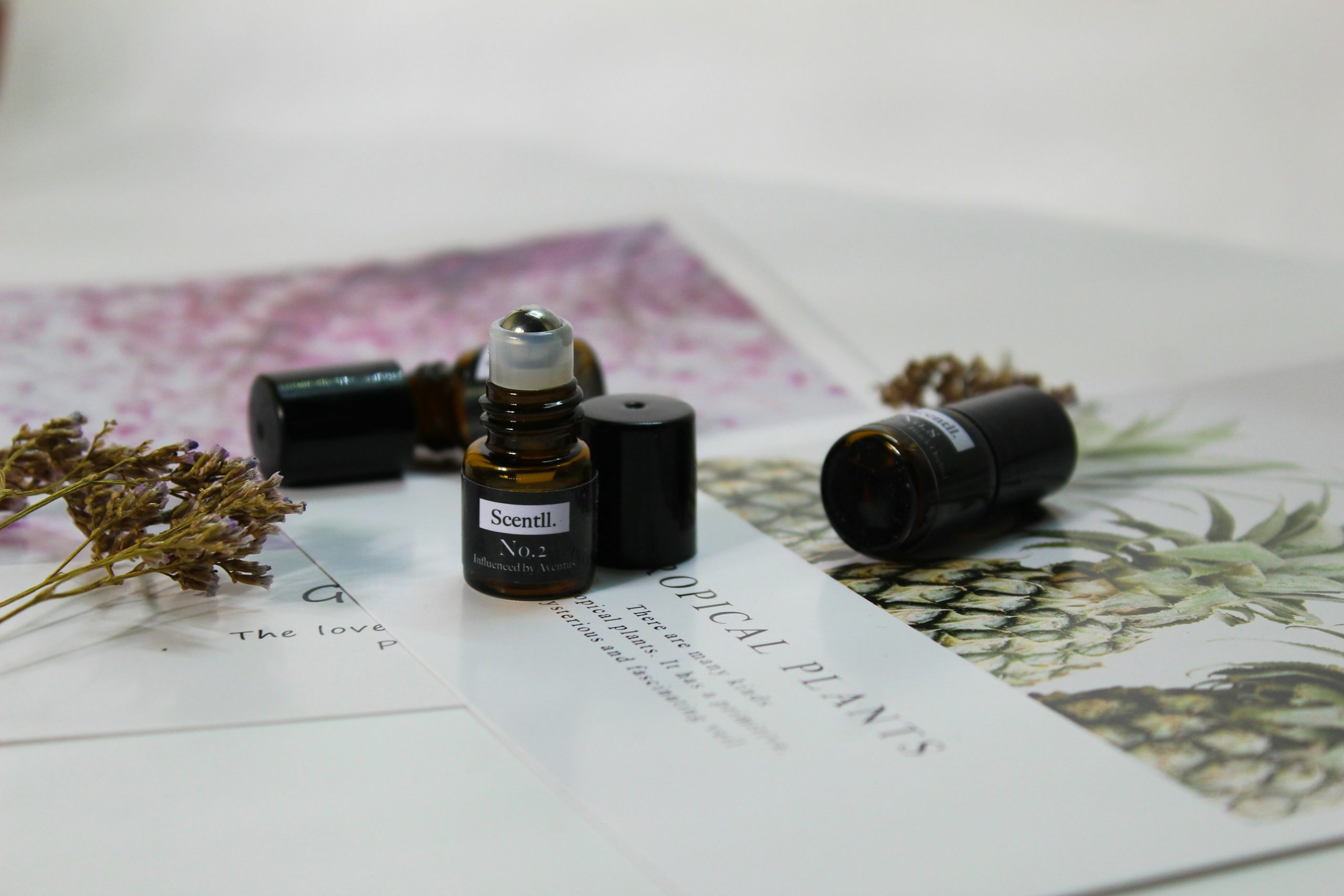
Adding fragrance to your candles is one of the most exciting parts of candle making. It allows you to create custom scents that can fill a room with a pleasant aroma. Whether you’re going for relaxing lavender, refreshing citrus, or cozy vanilla, the right fragrance oil can make a huge difference in your candle’s appeal. However, there’s more to fragrance oils than just their smell. It’s important to understand how to use them properly and how different factors affect their performance in your candles.
Fragrance oils are synthetic or blended oils specifically made for adding scent to products like candles, soaps, and lotions. Unlike essential oils, which are extracted directly from plants, fragrance oils are either lab-created or a combination of natural and synthetic ingredients. This allows for a wider range of scents that might not be possible with essential oils alone.
💡 Tip: Synthetic fragrance oils are more versatile and tend to have a stronger scent throw, while natural fragrance oils can be better for creating an eco-friendly candle with a more subtle aroma.
One of the most common questions in candle making is how much fragrance oil to use. This is where terms like fragrance load come in. The fragrance load is the percentage of fragrance oil in relation to the total weight of the wax. Most candle makers use a fragrance load between 6% and 10%. This means for every 100 grams of wax, you would use 6-10 grams of fragrance oil.
💡 Tip: Always check the manufacturer’s guidelines for your wax, as different waxes have different maximum fragrance loads. For example, soy wax tends to hold less fragrance than paraffin wax.
The scent throw refers to how well the fragrance fills a room. There are two types of scent throw:
Fragrance oils vary in how strong their cold and hot throws are. A good candle should have both a pleasant cold throw (when it’s just sitting on a shelf) and a strong hot throw (when it’s burning). Some fragrance oils are better at producing a strong hot throw, especially in waxes like paraffin and coconut wax, which tend to amplify scent more than soy or beeswax.
If you’re finding that your candles have a strong cold throw but a weak hot throw, consider adjusting your fragrance load or trying a different wax that holds fragrance better.
When choosing fragrance oils, think about what mood or effect you want your candle to create. Here are some popular fragrance categories and their common uses:
💡 Tip: Don’t be afraid to experiment with blending fragrance oils! For example, mixing lavender and vanilla creates a relaxing yet warm and cozy vibe.
Some candle makers prefer to use essential oils instead of fragrance oils for a more natural candle. Essential oils are pure plant extracts and can provide therapeutic benefits, such as calming, energizing, or focusing effects. However, essential oils have some drawbacks when used in candles:
If you want to use essential oils in your candles, stick to ones that have a higher heat tolerance, like lavender, eucalyptus, or peppermint, and use them in smaller quantities (around 5% fragrance load).
Not all fragrance oils are compatible with every type of wax. Some waxes, like soy and beeswax, are more natural and might struggle to hold as much fragrance as paraffin. When choosing a fragrance oil, make sure it’s suited for the type of wax you’re using.
When in doubt, start by testing small batches to see how your wax and fragrance oil interact. This can help you adjust the scent load or type of oil used before committing to a larger batch.
The timing of when you add your fragrance oil to the melted wax is crucial. Most fragrance oils should be added to the wax when it’s at a temperature of around 170°F to 185°F (depending on the wax type). Adding fragrance oil at the right temperature ensures it binds properly to the wax, giving you a stronger scent throw when the candle burns.
Stir the fragrance oil thoroughly into the melted wax for at least 1-2 minutes to make sure it’s evenly distributed throughout the candle.
The right fragrance oil can transform a simple candle into a sensory experience. Whether you want your candle to smell like a summer garden or a cozy winter cabin, choosing high-quality fragrance oils and using them correctly will ensure your candles smell just as amazing when lit as they do when sitting on the shelf.
Keep a fragrance journal. As you experiment with different oils, waxes, and scent blends, jot down your findings. This way, you’ll have a go-to guide for future candles, knowing exactly what worked best for each scent.
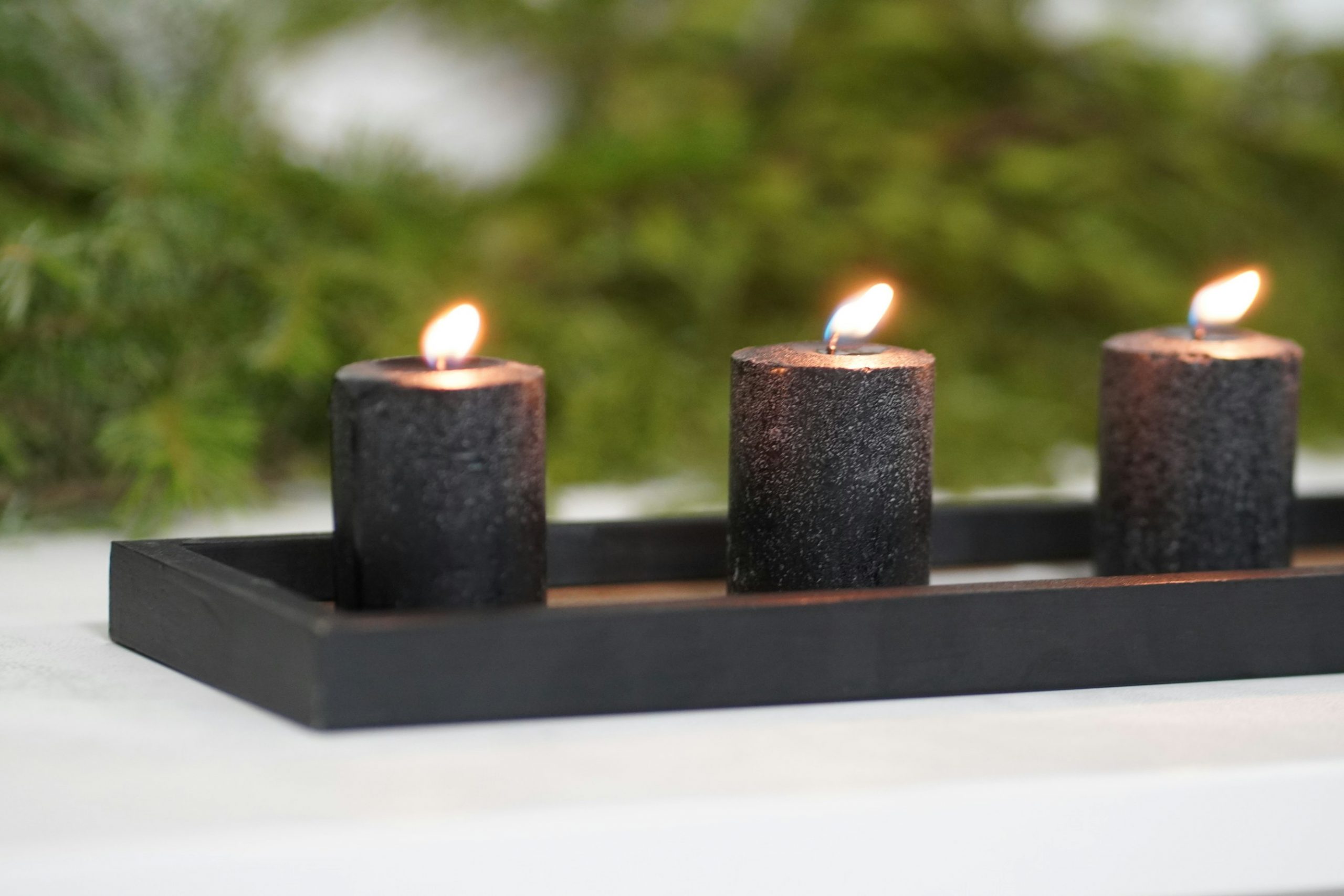
Choosing the right container is essential to both the look and performance of your candle. The container not only determines the aesthetic appeal of the finished product but also plays a critical role in the safety and burning efficiency of the candle. Containers come in a wide variety of shapes, sizes, and materials, each offering its own benefits and challenges. Let’s dive deeper into the different types of containers and what you need to consider when selecting the perfect one for your candle-making project.
The container you choose isn’t just about looks—it affects the burn time, safety, and overall experience of using the candle. A good container should be:
Now, let’s break down some of the most popular types of candle containers:
Glass jars are the most commonly used containers in candle making, and for good reason. They are durable, heat-resistant, and available in many sizes and shapes. Glass is also clear, allowing you to see the candle’s color and wax level as it burns, which can be visually appealing.
Pros:
Cons:
Choose thick, tempered glass jars designed for candle making to reduce the risk of cracking. Mason jars, jam jars, or recycled glass containers can also work, as long as they are heat-resistant.
Tin containers are another popular option, especially for travel candles or small gift candles. They are lightweight, affordable, and easy to store. Tin containers usually come with a lid, making them portable and convenient.
Pros:
Cons:
Use tin containers for smaller candles, like 4oz or 8oz sizes. They are great for beginners due to their durability and affordability.
Ceramic containers are beautiful, stylish, and often give candles a high-end, artisanal feel. These containers are made from heat-resistant clay and come in various glazes and finishes, making them a versatile choice for both rustic and modern candle designs.
Pros:
Cons:
When using ceramic containers, ensure that they are properly glazed to prevent them from absorbing wax or fragrance oils. Unglazed ceramics may leak or stain over time.
In addition to tin, other metal containers (such as aluminum or steel) are sometimes used in candle making. They offer a sleek, modern appearance and are highly durable. Metal containers are great for minimalist designs or industrial-style candles.
Pros:
Cons:
Always test metal containers with your chosen wax, as some metals may affect the cooling process and create uneven wax surfaces.
Concrete containers have become trendy in candle making, especially for those looking for an industrial or modern aesthetic. These containers are sturdy and heat-resistant, offering a unique, handmade look.
Pros:
Cons:
If you’re using concrete containers, make sure they are sealed properly to prevent the wax or oils from seeping into the material. You can use a wax sealant designed for concrete surfaces.
If you’re looking for a sustainable option, recycled containers like old mugs, teacups, or even wine bottles can be repurposed as candle containers. Not only is this environmentally friendly, but it also adds a unique and personal touch to your candles.
Pros:
Cons:
Before using a recycled container, always test it with hot water to ensure it can handle the heat of a burning candle. Avoid thin glass or delicate ceramics that could shatter when exposed to high temperatures.
Size Matters: The size of your container will influence the burn time and wick size. Larger containers will need larger wicks or even multiple wicks to ensure an even burn. Smaller containers are easier to work with but may limit the fragrance load or burn time of the candle. Always match the container size with the correct wick size to avoid tunneling or inefficient burning.
Heat Resistance: Make sure that your container can handle high temperatures. Containers like glass, ceramic, and tin are usually designed for candle making and can withstand heat without cracking or warping. However, recycled or decorative containers may not always be suitable unless they are heat-resistant.
Aesthetic Appeal: The container is a major part of the candle’s appearance, especially if you’re selling or gifting your candles. A beautiful or unique container can make your candle stand out. Think about the look you’re going for—modern, rustic, minimal, or vintage—and choose a container that fits the style.
Reusability: Some containers, like mason jars or ceramic bowls, can be reused after the candle has burned down. This adds value to the product, as customers or gift recipients can keep and repurpose the container.
The right container will not only enhance the appearance of your candle but also ensure safety and optimal performance. From glass jars and tin containers to ceramic or recycled materials, you have many options to match your style, budget, and practical needs.
Always test your container before making a large batch. Pour a small amount of wax into the container, allow it to cool, and light the candle to ensure it burns properly and safely. This will save you time and materials down the road.
To help you get started with candle making, I’ve compiled a list of essential products that will make your experience easier, more enjoyable, and ensure your candles turn out beautifully. These products cover everything from wax and wicks to containers and tools, so you’ll be fully equipped to craft your perfect candles.
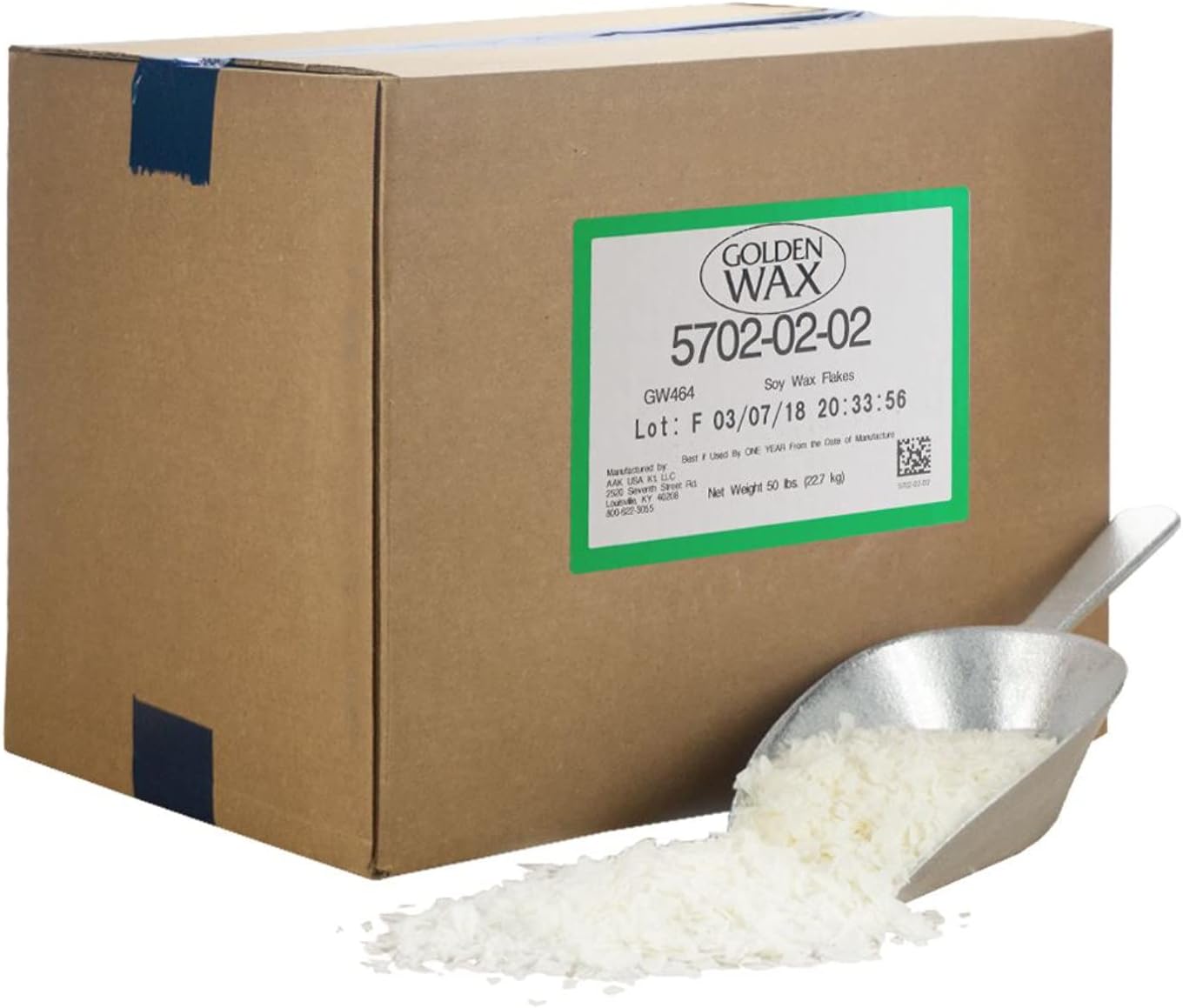
Best for beginners using soy wax
Golden Brands 464 is one of the most popular soy waxes for candle making. It’s natural, burns cleanly, and holds fragrance well, making it an excellent choice for beginners. This wax has a low melting point, which makes it easy to work with, and it gives your candles a smooth, even finish. It’s also biodegradable and eco-friendly.
Perfect for those looking to make eco-friendly candles with a longer burn time.
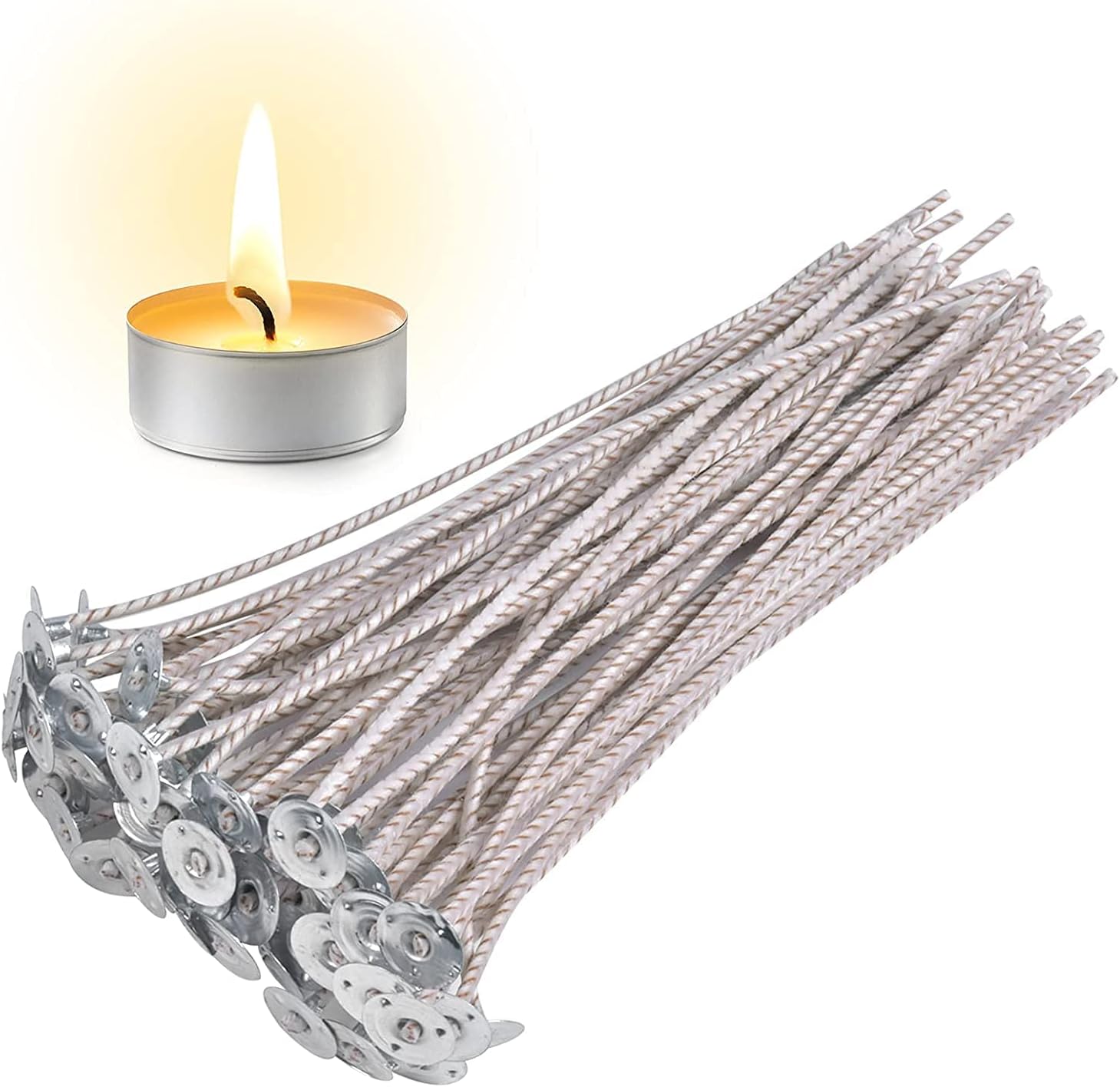
Great for consistent burning
The ECO Series wicks are pre-waxed and pre-tabbed, making them incredibly convenient for candle makers of all levels. These cotton wicks are designed to reduce mushrooming (the carbon buildup on the wick) and ensure a clean, consistent burn. They work well with soy, paraffin, and other wax blends.
These are ideal for beginners looking for a fuss-free wick that works with various waxes.
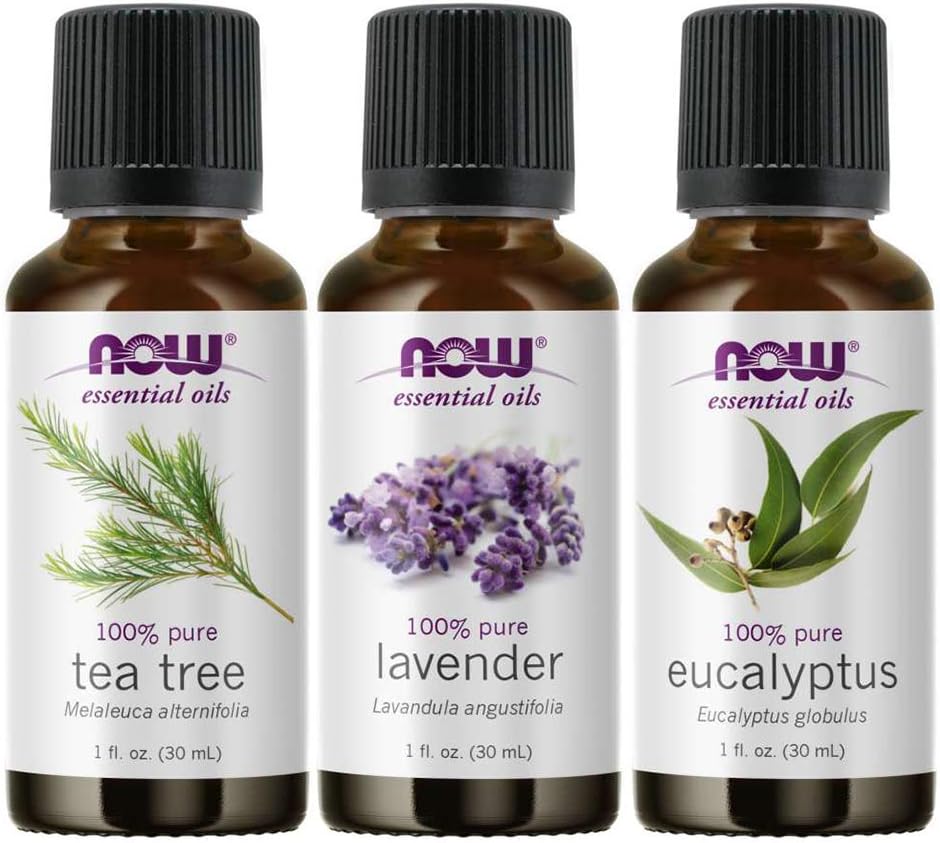
Best for natural fragrances
If you’re looking for a more natural scent option, Now Solutions Essential Oils are great for candle making. They offer a wide range of essential oil blends that work well with soy and beeswax. Popular scents like lavender, eucalyptus, and citrus can help you create calming and refreshing candles.
Blend essential oils for custom fragrances, like lavender and eucalyptus for a spa-like candle.
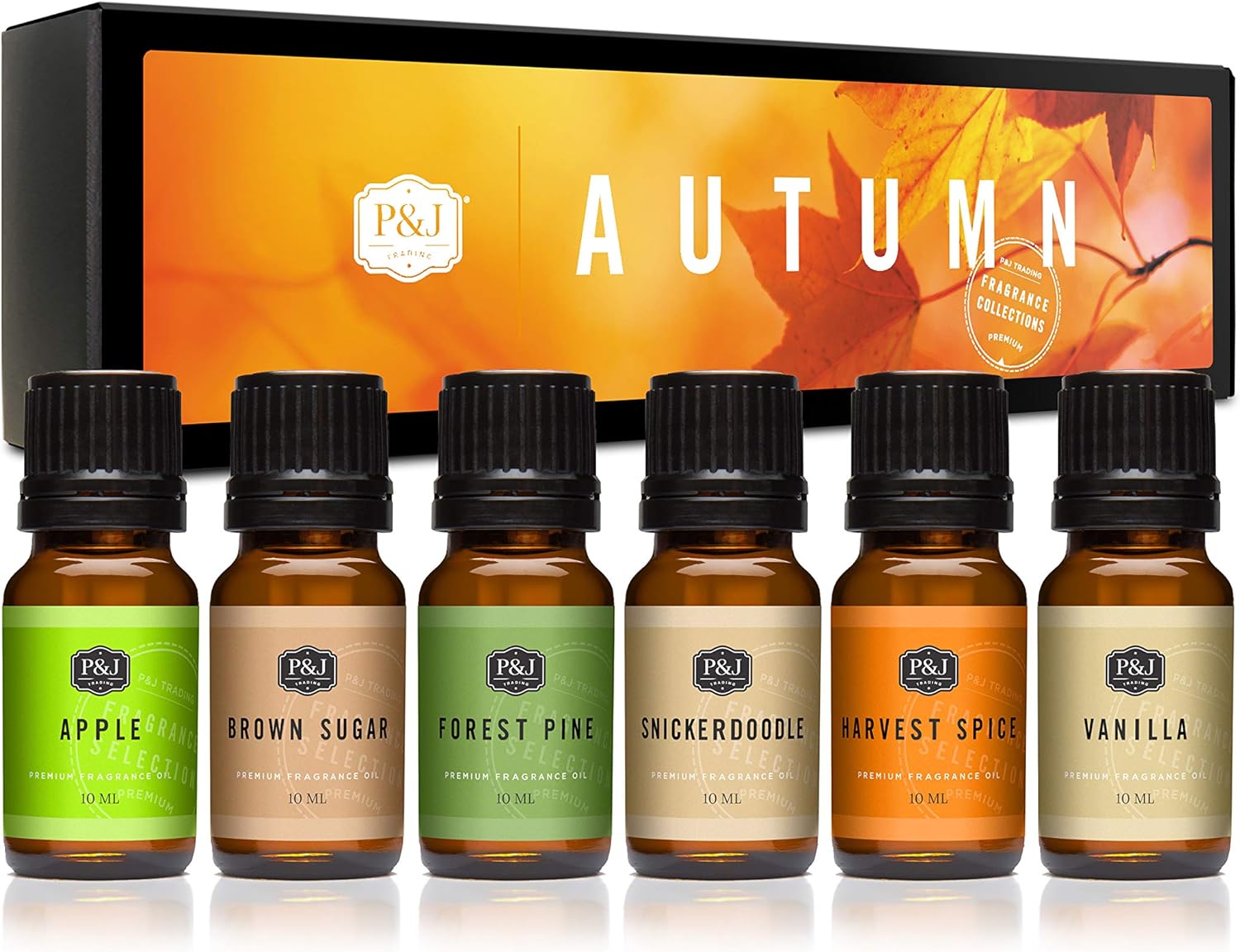
Best for strong scent throw
P&J Trading Fragrance Oils are excellent for achieving a powerful scent throw in your candles. These oils are designed for candle making and offer a wide variety of rich and vibrant scents, from floral and fruity to seasonal favorites like cinnamon or pumpkin spice. The oils are easy to mix with different types of wax and provide a long-lasting fragrance, both when the candle is unlit (cold throw) and while it’s burning (hot throw).
Use around 6-10% fragrance load with these oils for the best scent performance in your candles.

Best for pouring wax smoothly
This durable aluminum pouring pitcher makes transferring melted wax into your containers a breeze. It’s heat-resistant, lightweight, and has a spout designed for precise pouring, which reduces the mess and makes candle making more enjoyable. It holds up to 2 pounds of wax, perfect for small batches.
If you’re just starting out, this pouring pitcher will make the wax-pouring step smooth and controlled.
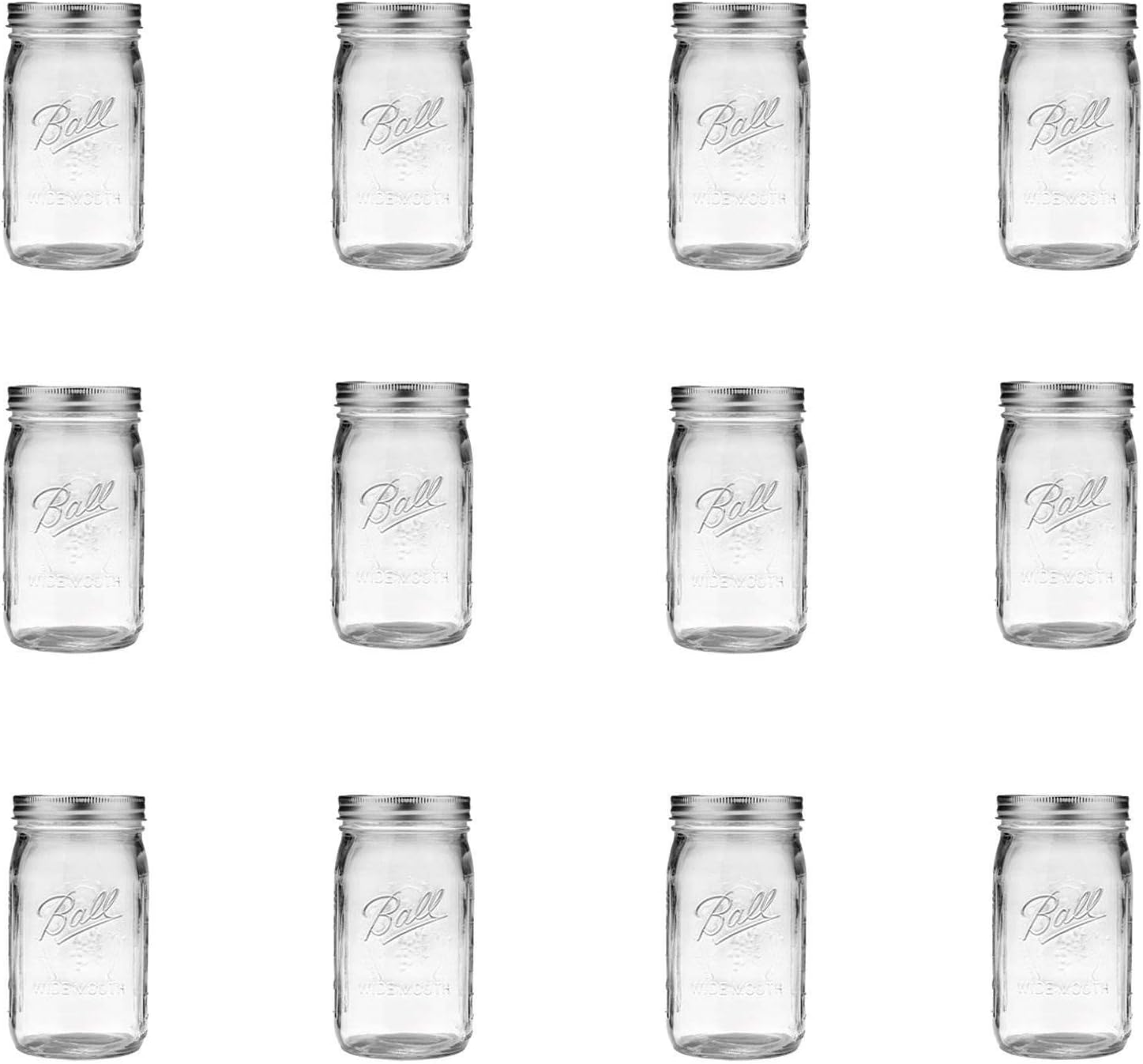
Best for stylish and durable containers
Ball Mason Jars are a fantastic option for candle making. Known for their durability and heat resistance, these jars are easy to find and provide a classic, rustic look. The wide-mouth design makes pouring wax easy, and the secure lid ensures that your candles stay fresh when not in use. They come in various sizes, giving you flexibility depending on the size of the candle you want to make.
Ball Mason Jars are perfect for beginner candle makers looking for reliable, sturdy containers that give their candles a charming, handmade look.

Best for keeping wicks in place
The Candle Wick Centering Devices by EricX Light are simple but highly effective tools that help keep your wicks perfectly centered while the wax cools. These metal wick holders are reusable and fit most container sizes, ensuring your wick stays straight and centered, preventing uneven burns or tunneling.
These centering devices are especially helpful for beginners who want to avoid the common issue of off-center wicks, ensuring an even, steady burn.
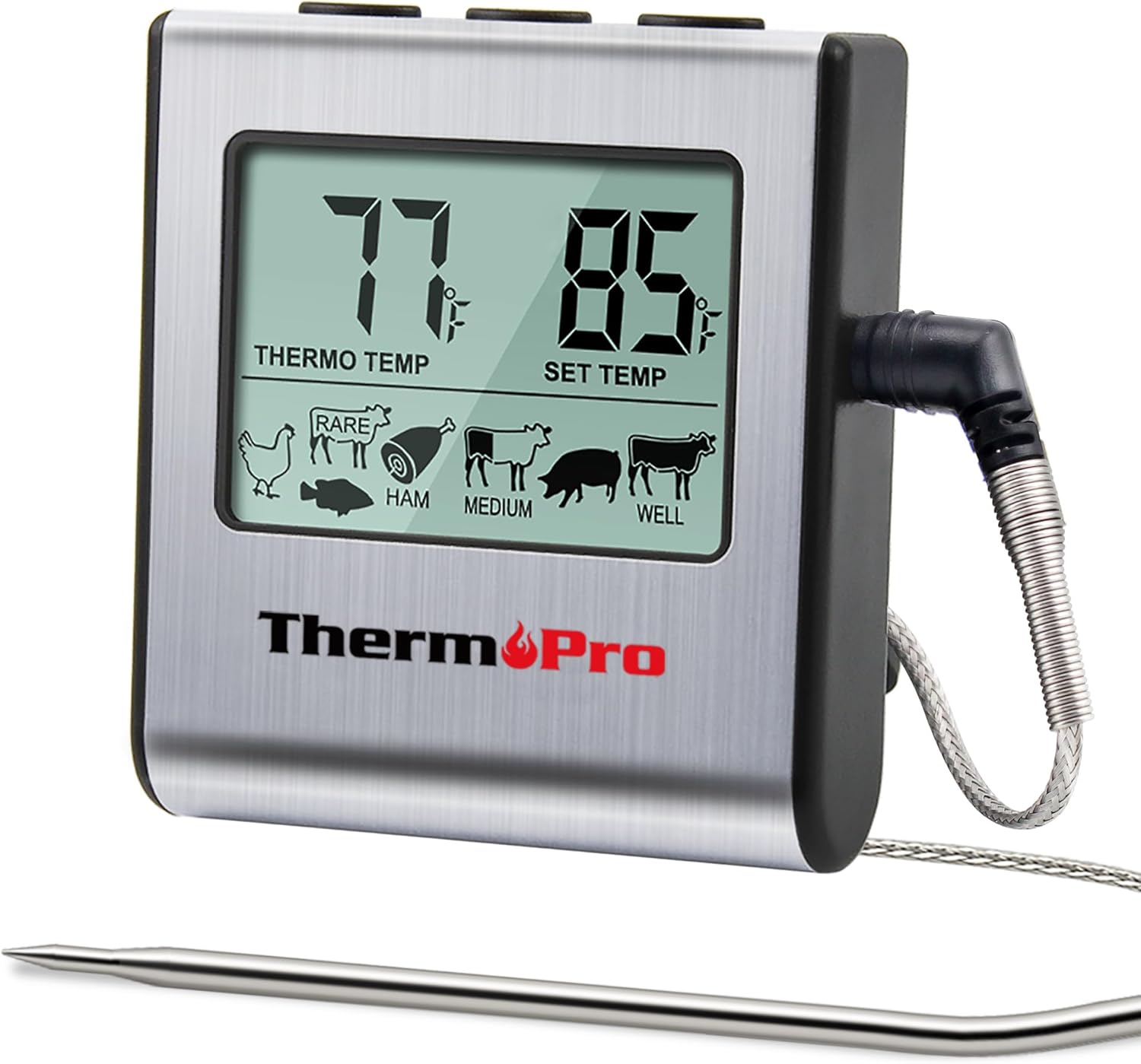
Best for accurate temperature control
Melting your wax at the right temperature is crucial for adding fragrance oils and ensuring a smooth finish. The ThermoPro TP-16 thermometer gives you an accurate temperature reading so you can be sure your wax is melted to the ideal temperature for adding fragrance and pouring into containers.
Keep your wax between 170°F – 185°F when adding fragrance oils for the best results.
These products will help you make high-quality, professional-looking candles, whether you’re just starting out or already have some experience. From wax and wicks to containers and essential tools, having the right supplies will ensure your candle-making journey is smooth and enjoyable.
Start small by experimenting with a few of these products before investing in larger quantities. Testing different waxes, fragrances, and tools will help you find the perfect combination for your unique candles.
Candle making is a rewarding and creative activity, whether you’re crafting for personal use, gifting, or even starting a small business. With the right tools, the process becomes much smoother and more enjoyable. From choosing the correct wax and wick to selecting the perfect containers and fragrances, each component plays a key role in how your candle looks, smells, and burns.
As a beginner, it’s important to start with the essentials: quality wax, appropriate wicks, and basic tools like a pouring pitcher and thermometer. Once you’ve mastered the basics, you can experiment with different fragrances, containers, and wick sizes to create custom candles that match your unique style.
Remember, testing is an important part of the candle-making process. Each combination of wax, wick, and fragrance will behave differently, so don’t be afraid to experiment with small batches until you find the perfect balance. Whether you’re making eco-friendly soy candles or richly scented paraffin candles, the tools and tips outlined here will help you along your candle-making journey.
| Cookie | Duration | Description |
|---|---|---|
| cookielawinfo-checbox-analytics | 11 months | This cookie is set by GDPR Cookie Consent plugin. The cookie is used to store the user consent for the cookies in the category "Analytics". |
| cookielawinfo-checbox-functional | 11 months | The cookie is set by GDPR cookie consent to record the user consent for the cookies in the category "Functional". |
| cookielawinfo-checbox-others | 11 months | This cookie is set by GDPR Cookie Consent plugin. The cookie is used to store the user consent for the cookies in the category "Other. |
| cookielawinfo-checkbox-necessary | 11 months | This cookie is set by GDPR Cookie Consent plugin. The cookies is used to store the user consent for the cookies in the category "Necessary". |
| cookielawinfo-checkbox-performance | 11 months | This cookie is set by GDPR Cookie Consent plugin. The cookie is used to store the user consent for the cookies in the category "Performance". |
| viewed_cookie_policy | 11 months | The cookie is set by the GDPR Cookie Consent plugin and is used to store whether or not user has consented to the use of cookies. It does not store any personal data. |